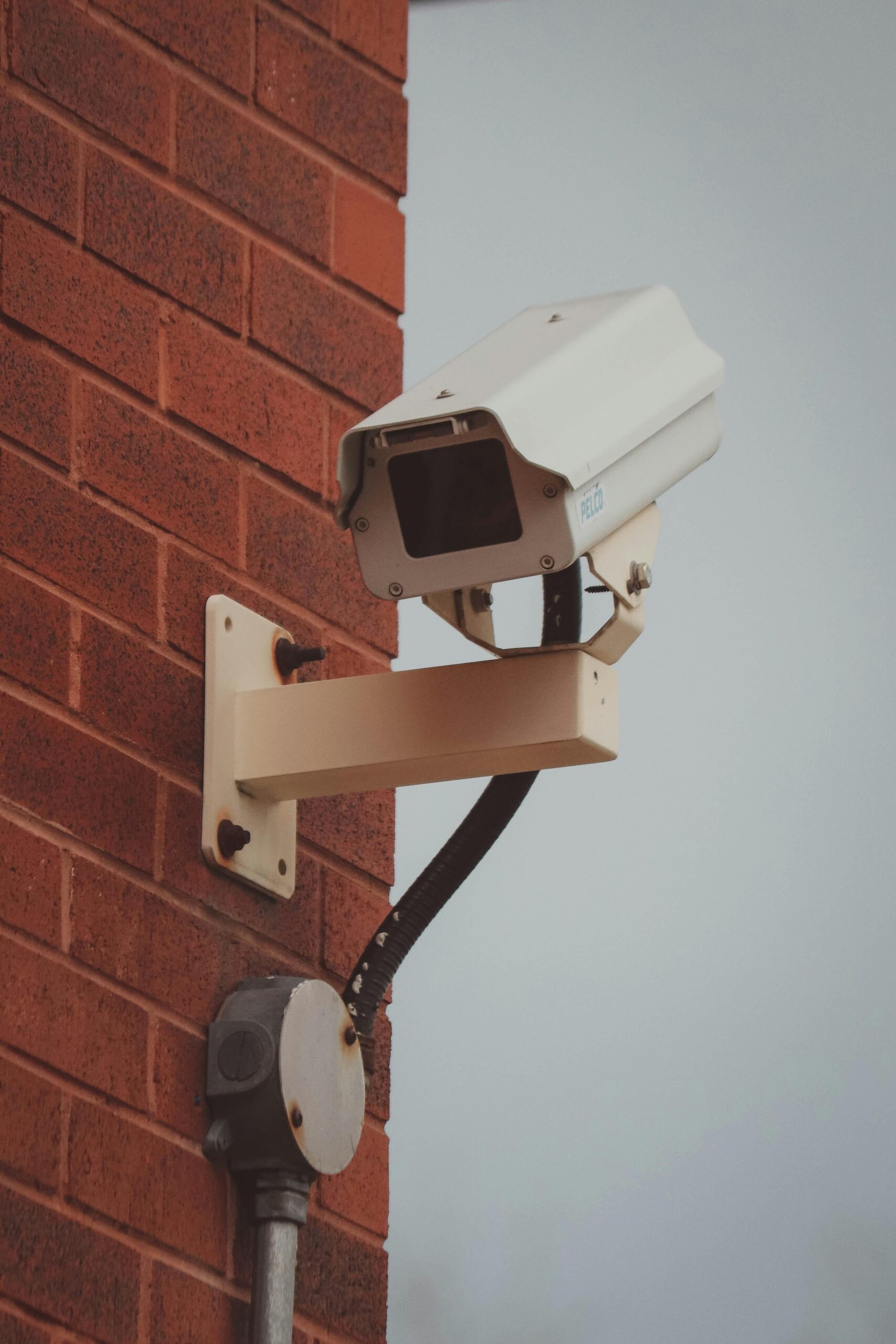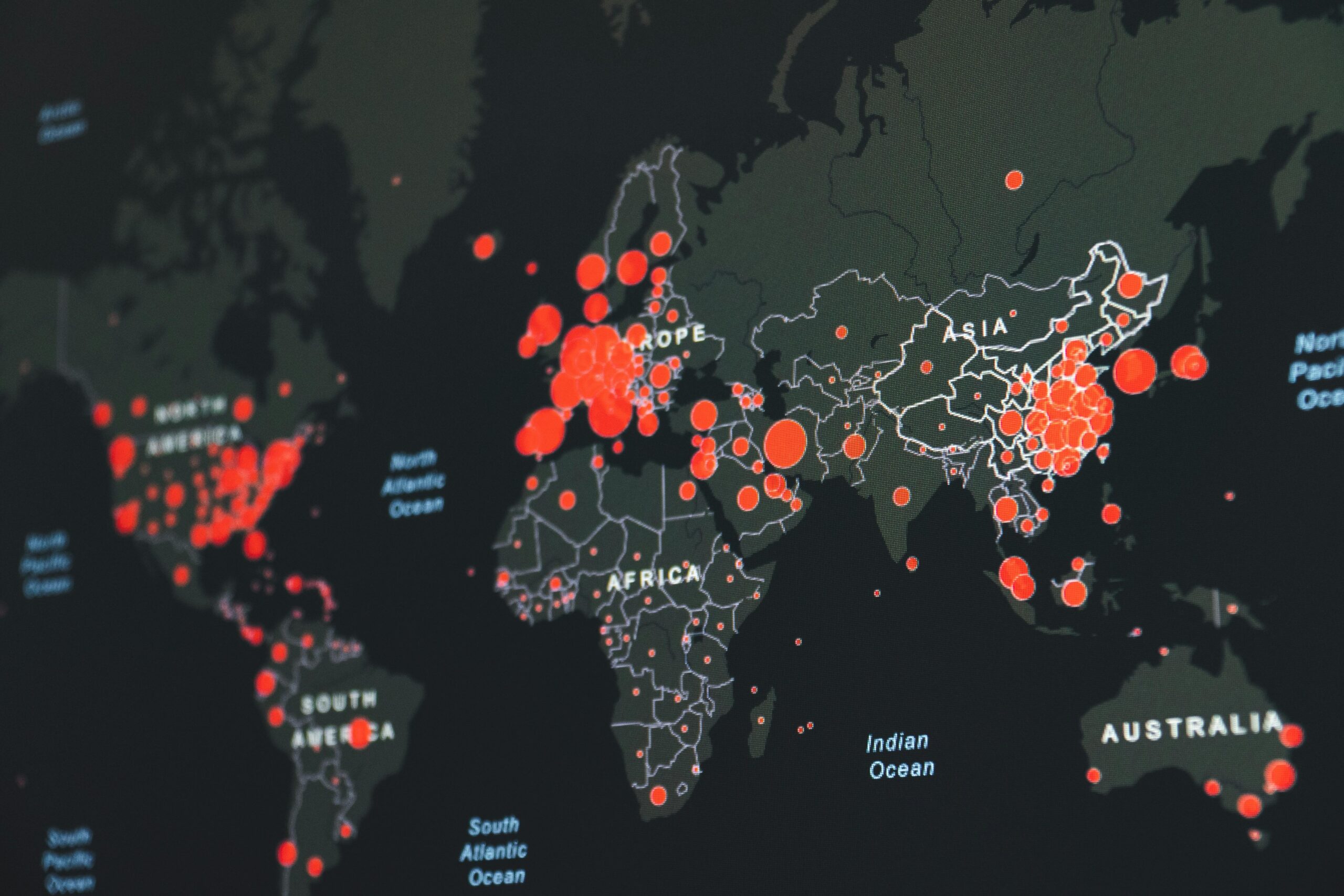In a world where data is the new gold, cyber espionage has emerged as the shadowy battlefield where nations quietly spy, steal, and sabotage in the digital realm. State-sponsored hacks—those covert operations backed by governments—are no longer the stuff of sci-fi thrillers; they’re happening right now, shaping geopolitics and security in ways most of us only glimpse in headlines. But what really goes on inside these high-stakes cyber missions? Let’s dive into the fascinating, complex world of cyber espionage and uncover how hackers armed with code are rewriting the rules of modern intelligence.
Table of Contents
- Understanding the Motivations Behind State-Sponsored Cyber Attacks
- Unveiling the Tools and Techniques Used by Government Hackers
- How Nations Protect Themselves Against Digital Espionage
- Essential Cybersecurity Practices to Guard Against State-Sponsored Threats
- To Conclude
Understanding the Motivations Behind State-Sponsored Cyber Attacks
At the heart of state-sponsored cyber intrusions lies a complex web of aims that often blur the lines between offense and defense. Governments leverage these attacks not only to gather intelligence but to assert geopolitical influence and disrupt adversaries’ critical infrastructures. These actors are motivated by a mix of strategic advantage and the desire to shape global narratives without leaving a tangible footprint. Unlike typical cybercriminals driven by profit, state hackers operate under directives aimed at long-term gains, ranging from Intellectual Property theft to sowing discord during times of political unrest.
The digital battlefield provides states with tools that are both powerful and precise, enabling them to:
- Monitor rival governments: obtaining sensitive diplomatic communications and military plans.
- Influence elections: through misinformation campaigns and infiltration of political infrastructure.
- Disrupt economic competitors: by stealing trade secrets or sabotaging critical supply chains.
- Enhance defensive cyber capabilities: by exploiting vulnerabilities in their own favor.
This calculated interplay of espionage and sabotage highlights why understanding the motivations behind these cyber operations is crucial—not merely to react, but to anticipate the next moves on this clandestine chessboard.
Unveiling the Tools and Techniques Used by Government Hackers
Delving deep into the shadowy arsenal of state-sponsored cyber operatives reveals a sophisticated array of custom-built malware and stealthy infiltration methods. These hackers often leverage zero-day exploits—previously unknown vulnerabilities—that allow them to bypass traditional security barriers without detection. Techniques such as Advanced Persistent Threats (APTs) are carefully tailored for long-term espionage, enabling operatives to silently extract sensitive information over months or even years. Social engineering, another key strategy, is skillfully employed to manipulate insiders or penetrate secure networks by masquerading as trusted entities.
Additionally, government hackers utilize an ever-evolving toolkit that includes:
- Encrypted communication channels to evade interception
- Supply chain attacks targeting software updates or hardware components
- Obfuscation methods that camouflage malicious code within legitimate software
- Use of artificial intelligence to automate reconnaissance and adapt attacks in real time
These tools and techniques collectively paint a chilling picture of cyber espionage’s reach and sophistication, as state actors continuously refine their craft to stay one step ahead in the digital battlefield.
How Nations Protect Themselves Against Digital Espionage
In the shadowy battle for digital supremacy, nations employ a sophisticated range of defensive tactics to guard their secrets and sovereignty. Beyond firewalls and antivirus software, governments invest heavily in advanced threat intelligence programs that monitor suspicious activities across the internet in real time. These programs are supported by elite cyber units that simulate potential attack scenarios, enabling swift responses to breaches before adversaries can exploit vulnerabilities. The collaboration with private sectors and international allies further fortifies this frontline, blending expertise and resources to create a resilient shield against hackers lurking in the cyberspace.
Moreover, safeguarding sensitive information often depends on cutting-edge encryption standards and stringent access controls that minimize insider threats. Regular audits and penetration testing are mandated to identify hidden flaws, while continuous training ensures that personnel stay vigilant against emerging cyber threats. Nations also invest in creating specialized legal frameworks to prosecute digital espionage, sending a clear message that cyber intrusions will be met with rigorous countermeasures. This multi-layered approach—combining technology, human expertise, and international cooperation—is a dynamic dance of defense that keeps state-sponsored hackers constantly on their toes.
- Use of AI and machine learning: to predict and counter complex cyberattack patterns.
- Cyber diplomacy and treaties: aiming to establish norms and reduce state-sponsored cyber conflicts.
- Investment in workforce development: nurturing elite cybersecurity operatives with continuous training and simulations.
- Implementation of zero-trust architectures: ensuring no device or user is automatically trusted within government networks.
Essential Cybersecurity Practices to Guard Against State-Sponsored Threats
In the shadowy world of state-sponsored cyber espionage, conventional defenses often fall short. Deploying a robust, multi-layered defense strategy is paramount. This begins with regularly updating and patching software to close off vulnerabilities that sophisticated actors exploit. Equally important is the adoption of zero-trust architecture, which assumes that no actor—inside or outside the network—can be trusted by default. This approach restricts lateral movement within networks, making it harder for attackers to escalate privileges or steal sensitive data.
Beyond technology, human vigilance acts as the frontline shield. Training employees to recognize phishing attempts and social engineering tactics disrupts state-sponsored campaigns targeting credential theft and insider manipulation. Implementing strict access controls and continuously monitoring network activities with AI-driven anomaly detection systems can also spotlight unusual behaviors indicative of espionage activities. Together, these practices create a fortress of defense capable of adapting as adversaries evolve their methods.
To Conclude
As we peel back the layers of state-sponsored cyber espionage, it’s clear that this shadowy digital battlefield is far from simple. The blend of cutting-edge technology, covert operations, and geopolitical chess makes for a complex and ever-evolving landscape. While these hacks remain shrouded in secrecy, understanding their mechanisms and motivations helps us grasp the enormous stakes at play. As cyber tactics grow more sophisticated, staying curious—and informed—is our best defense in navigating this brave new world of espionage. Who knows what covert cyber moves are just around the corner? One thing’s for sure: the story of state-sponsored hacking is far from over.











